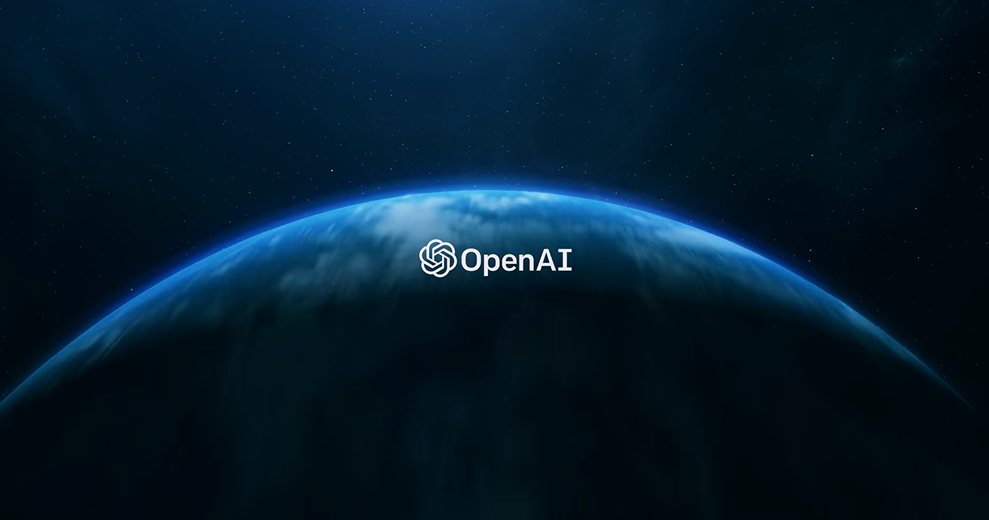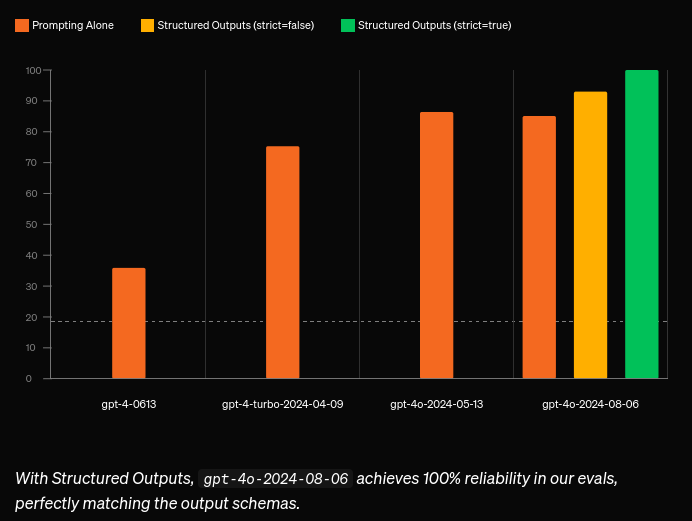
OpenAI Elevates Developer Experience with New API Feature
OpenAI has recently rolled out a pivotal update that caters specifically to the growing demands from developers in the AI space. The introduction of Structured Outputs in the API aligns outputs of generative AI models with the existing data formats used by developers, particularly in their JSON Schema files. This feature is not just a minor enhancement; it is a game changer for those looking to deliver reliable and safe outputs from their language models.
![]() Valuable enhancements in generative AI capabilities.
Valuable enhancements in generative AI capabilities.
JSON Schema files serve as a blueprint in AI development, articulating the structure, content, and type of data employed within JSON documents that large language models (LLMs) utilize. The constraints defined by these schemas are critical, as they guide the models to produce outputs that are contextually relevant and safe.
Historically, LLMs have faced challenges in interpreting JSON, often leading to this frustrating phenomenon known as “hallucination.” This occurs when generative models make inaccuracies, concocting responses that are detached from reality or, worse, generating toxic or harmful content. The inability of LLMs to fully comprehend the stipulations laid out in JSON files has necessitated developers to rely on an array of open-source workarounds, complicating their development workflows.
The arrival of Structured Outputs answers these pain points. As OpenAI has noted, this feature comes as a direct reply to overwhelming developer feedback, illuminating its significance in crafting safer generative AI applications.
Enhancing Consistency and Safety
OpenAI’s Chief Executive Sam Altman underscored the feature’s launch in light of “popular demand” on social media. Evaluations using the advanced GPT-4o have yielded a remarkable 100% accuracy score in adhering to JSON structures. This level of consistency is crucial for developers aiming to integrate AI safely into their applications.
Structured Outputs in the API is compatible with various APIs, including the Assistants API, Batch API, and Chat Completions API, thereby enhancing its utility across multiple platforms. The feature also extends its capabilities to include vision inputs, making it even more versatile for practitioners in the field.
 OpenAI pushes further into enhancing developer tools.
OpenAI pushes further into enhancing developer tools.
Navigating Turbulent Waters
Despite this exciting update, OpenAI has not been without its challenges. The company recently experienced a wave of executive turnover, with Jon Schulman and two others moving on to rival firms. Schulman’s departure, in particular, is noteworthy given his instrumental role in product development, marking the exodus of eight out of the eleven co-founders from OpenAI. This change raises vital questions about the firm’s direction amidst its ambitious plans in the rapidly evolving AI landscape.
Such controversies only add layers of complexity to the narrative surrounding OpenAI. While advancements like Structured Outputs signal a positive trajectory, the concurrent shakeup of leadership could indicate underlying challenges in sustaining that momentum.
The Road Ahead
As I reflect on these developments, it’s clear that the AI ecosystem is at a tipping point. Innovations like Structured Outputs could redefine how safe and consistent AI applications are constructed while inspiring developers with the confidence needed to push boundaries. My own experiences with developing AI solutions have often been marred by the intricacies of ensuring data integrity and model reliability.
The Structured Outputs feature represents a significant leap towards alleviating these issues. I can see the immense potential in harnessing this capability for everything from advanced chatbots to comprehensive data analysis tools. It’s an exciting time to be immersed in AI development, but one must remain vigilant about the landscape’s prevailing dynamics, including leadership stability and ethical considerations in AI deployment.
 Emerging trends in AI technology offerings.
Emerging trends in AI technology offerings.
In conclusion, while excitement abounds regarding the new Structured Outputs feature, it is only one piece of a larger puzzle. As the dust settles on recent executive changes and advancements in AI tools, I remain optimistic about a future where AI development is not only groundbreaking but also fundamentally safe and responsible.















